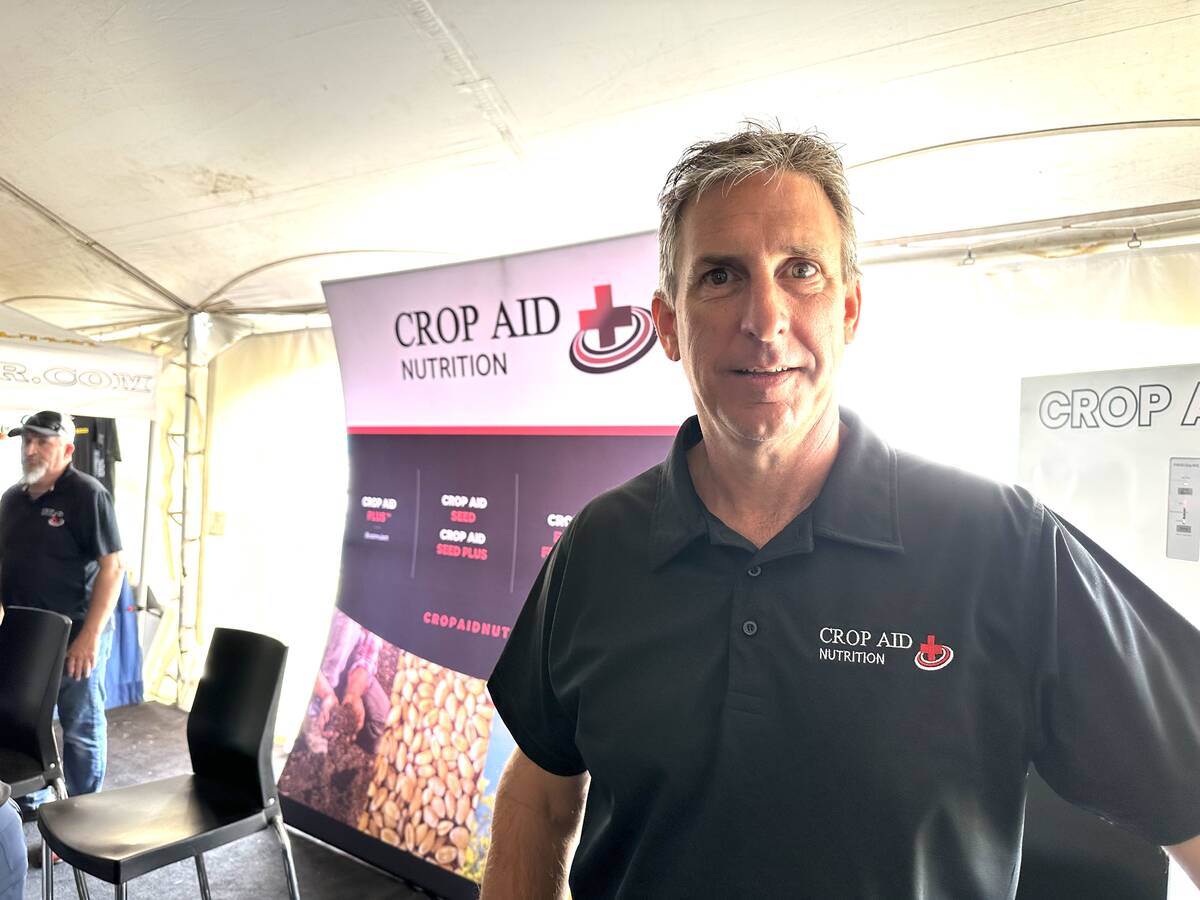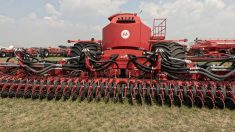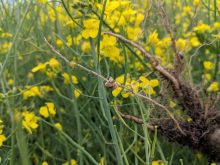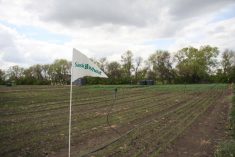In most parts of Western Canada, the window is now open for seeding winter cereals.
Depending on location, getting fall crops seeded between mid-August and mid-September is ideal, although with some cereals and varieties that window can be extended to early October.
Here are a few points on growing winter cereals based on common crop production questions I often answer as a seed grower.
1. What are some key considerations and top tips for planting winter wheat and fall rye for the 2022-23 season?
Read Also

New soil treatment targets saline patches in fields
Crop Aid SS is a Saskatchewan-made spray that’s intended to help farmers manage saline soils by leaching salts away from the root zone.
- Plan ahead. Make those calls for seed availability as early as possible and also to learn about seeding rates, prices, shipping, treatments, marketing options, herbicide planning and crop rotation planning.
- Visit some demonstration plots on summer tours or arrange a one-on-one farm visit with a seed grower to compare varieties and crops and get some information on how to grow them.
- Use a seed treatment to help with winter survival. Do a Google search of “Brian Beres seed treatment research” for excellent reference material.
- Make sure your seeding depth is as even as possible. When seeding rye, for example, it will help reduce ergot. And with even germination, all plants will flower at the same time.
2. What is the best timing for optimal seeding depth and density and why?
- Seed early if possible. Check with seed growers in your area of Western Canada for recommended seeding dates. For hybrid fall rye, for example, seed from Aug. 15 onwards in Alberta’s central regions and from Aug. 20 onwards in southern regions. If seeding in late September, consider increasing seeding rates. The goal is to get crops to at least the three-leaf stage or better before freeze-up. The more tillers you get in the fall means the faster it will grow in the spring. Winter wheat is pretty flexible on seeding window from late August into early October. Early seeding can mean less need for in-crop herbicides especially with rye as the crop fills in so fast, preventing weeds from coming in.
- Aim for a three-quarter-inch seeding depth, which allows the seed to come up quickly while the crown of the plant is deep enough in the soil to survive winter.
- Seed size can vary, so determine a seeding rate based on plants per square foot for a target. With winter wheat on irrigation on our farm at Enchant, Alta., we aim for 40 plants per square foot with 10 per cent mortality included.
- For hybrid rye, for example, we seed 0.8 of a unit per acre (18 plants per square foot) as it tillers well. If it is after Sept. 15, you may consider increasing seeding rate to one unit or 1.2 units per acre (one unit is equal to one million live seeds).
3. Are there any important fertility application and weed or pest treatment considerations?
- Use a seed treatment to help reduce the risk of winterkill and root diseases.
- A residual broadleaf herbicide and/or early seeding can reduce or eliminate the need for in-crop herbicides in rye and occasionally winter wheat.
- Ask your grain buyer about any restrictions in using plant growth regulators (PRGs) on the crop to see if they are a problem. On irrigation or wet areas, PGRs can be useful.
- Not all wild oat herbicides are registered or safe for use on rye, although early seeding (crop competition) may eliminate the need for wild oat herbicides or even broadleaf herbicides.
- Rye needs nitrogen fertility to be applied in the fall as it uses nitrogen very early. Controlled-release fertilizer products such as ESN do not release nitrogen early enough to benefit rye.
- Winter wheat is more flexible and can be fertilized in the fall or in spring. A product like ESN can work well with winter wheat.
4. What new varietal developments and/or input products should I watch for?
Here are some varieties that have worked well on our farm and with our customers.
- KWS Serafino is a new hybrid fall rye that is top of the class for grain yields while having very good ergot risk and good falling numbers for milling. It is my go-to grain variety.
- Among hybrid fall ryes for forage we use KWS Propower. It is excellent but alternatively KWS Daniello is an option that has similar forage yields but is also good for grain, so we use KWS Daniello as a flex variety.
- Among the winter wheats, AAC Wildfire has been very popular. Another excellent new variety is AAC Network winter wheat. It has a shorter stature, a little earlier and higher protein with a better all round disease package.
- About two years away AAC Coldfront will be coming out. It should have a good fit across Western Canada but it is still in seed multiplication stages.
— Greg Stamp is seed sales manager and a principal in the family-owned Stamp Seeds at Enchant, Alta.















